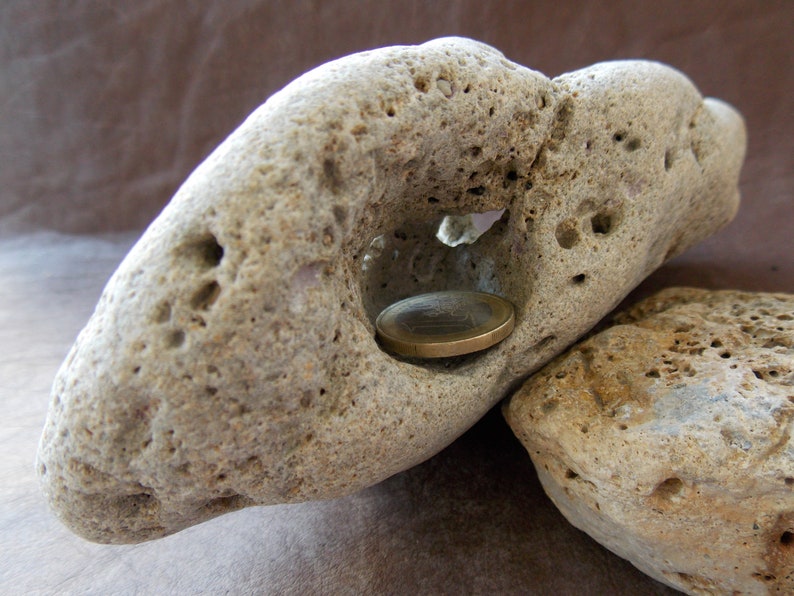Limestone For Aquarium
Aquariums are a great addition to any home or office and can provide hours of entertainment and relaxation. However, setting up and maintaining an aquarium requires careful consideration of the materials used, including the type of rock used as a substrate. One popular choice of rock for aquariums is limestone. In this post, we will discuss the benefits and drawbacks of using limestone for aquariums, as well as some tips for using it safely and effectively.
The Pain Points of Limestone for Aquariums
Many aquarium owners are hesitant to use limestone as a substrate because of its potential to affect the pH level of the water. Limestone is known to increase the hardness and alkalinity of water, which can be harmful to certain species of fish and plants. Additionally, limestone can be difficult to clean and may require frequent maintenance to prevent the buildup of debris and algae.
The Target of Limestone for Aquariums
Limestone is a sedimentary rock that is composed primarily of calcium carbonate. It is often used as a substrate in aquariums because of its natural appearance and the fact that it can help to maintain a stable pH level. Limestone can also help to promote the growth of beneficial bacteria, which can help to break down waste and reduce the risk of ammonia buildup.
Benefits of Limestone for Aquariums
One of the main benefits of using limestone in an aquarium is its natural appearance. Limestone comes in a variety of colors and textures, making it a versatile choice for any aquarium setup. Additionally, limestone can help to buffer the water, ensuring that the pH level remains stable. Limestone can also provide a source of essential minerals for fish and plants, including calcium and magnesium.
Using Limestone Safely and Effectively
When using limestone in an aquarium, it is important to take certain precautions to ensure the safety and well-being of your fish and plants. First, be sure to choose a type of limestone that is safe for aquarium use, such as Texas holey rock or fossilized limestone. Next, rinse the limestone thoroughly before adding it to the aquarium to remove any dust or debris. Finally, monitor the pH level of the water regularly and make adjustments as necessary to ensure that it remains within a safe range for your fish and plants.
Choosing the Right Limestone for Your Aquarium
When choosing limestone for your aquarium, it is important to consider a few key factors. First, be sure to choose a type of limestone that is compatible with the species of fish and plants in your aquarium. Some species of fish and plants prefer soft, acidic water, while others prefer hard, alkaline water. Additionally, consider the size and shape of the limestone, as well as its texture and color. Some types of limestone may be more suitable for certain aquarium setups than others.
Tips for Maintaining Your Limestone Aquarium
To maintain a healthy and thriving limestone aquarium, it is important to follow a few basic guidelines. First, be sure to monitor the water quality regularly and make adjustments as necessary. This may include testing the pH level, ammonia level, and nitrate level of the water. Additionally, perform regular water changes to remove any accumulated debris or waste. Finally, be sure to clean the limestone periodically to prevent the buildup of algae or other debris.
Question and Answer
Q: Can limestone be harmful to fish and plants in an aquarium?A: Limestone can increase the hardness and alkalinity of water, which can be harmful to certain species of fish and plants. It is important to choose a type of limestone that is safe for aquarium use and to monitor the pH level of the water regularly. Q: How often should I clean my limestone aquarium?
A: It is recommended to clean your limestone aquarium periodically, as needed, to prevent the buildup of debris and algae. This may include scrubbing the limestone with a soft brush and rinsing it thoroughly with clean water. Q: What is the best way to maintain a stable pH level in a limestone aquarium?
A: To maintain a stable pH level in a limestone aquarium, it is important to monitor the water quality regularly and make adjustments as necessary. This may include using a pH buffer or adding supplements to the water to maintain a healthy balance of minerals. Q: Can limestone help to promote the growth of beneficial bacteria in an aquarium?
A: Yes, limestone can help to promote the growth of beneficial bacteria in an aquarium, which can help to break down waste and reduce the risk of ammonia buildup. However, it is important to monitor the water quality regularly and make adjustments as necessary to ensure that the pH level remains within a safe range.
Conclusion
Overall, limestone can be a great choice of rock for aquariums, but it is important to choose the right type and to use it safely and effectively. By following the tips and guidelines outlined in this post, you can create a healthy and thriving limestone aquarium that both you and your fish will enjoy.
Gallery
Back To Nature Aquarium Module White Limestone - Olibetta Online Shop

Photo Credit by: bing.com / kalkstein weisser olibetta
Limestone Big Aquarium Rock Free Standing Sea Stone With | Etsy

Photo Credit by: bing.com / limestone sea
Safe And Unsafe Aquarium Rocks | My Aquarium Club

Photo Credit by: bing.com / limestone calce viva edilizia materiali affects lastra tetto attrezzatura carbonate
Natural Limestone Rock Large Fish Stone With Holes | Etsy | Fish Tank

Photo Credit by: bing.com /
Large Natural Limestone Beach Rock For Aquarium Fish Tank | Etsy In

Photo Credit by: bing.com / limestone